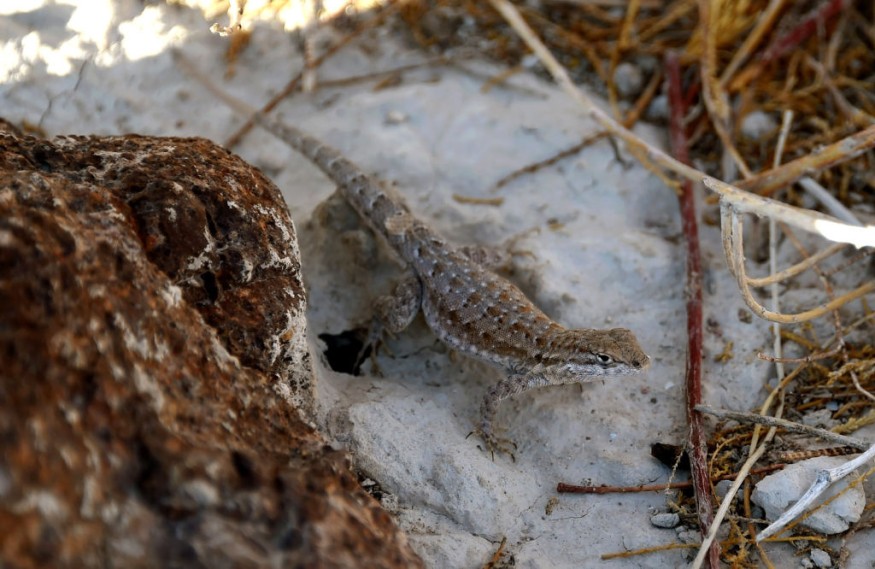
In an ecosystem where predation maintains balance and biodiversity in nature, organisms seem to develop evolving mechanisms to survive. One of them are the air-breathing anoles. Biologists from Queen's University discovered a unique way of how some terrestrial animals develop an underwater respiration system to escape from predators.
Dactyloidae or commonly known as anoles are a family of lizards domesticated in warmer parts of the Americas. Evolutionary biologists found in a study that this Costan Rican lizard can breathe underwater long enough to escape from predators that hunts it from the surface, long enough that will bore predators and leave them alone.
Although these survival mechanisms are not new at all, what puzzled biologists were how they could remain underwater for as long as 18 minutes.
Lizard's 'Scuba Tanks' Enables Them to Stay longer Underwater
Behavioral ecologist Lindsey Swierk from Binghamton University observed these lizards with an underwater camera and explained that water anoles can respire underwater by "rebreathing" exhaled air through 'scuba tanks' or bubbles. Evolutionary biologist Chris Boccia and his team explained that their discovery was unexpected and was not part of their original research plan. Biologically, vertebrates have much higher and larger metabolic rates, with smaller surface area to body ratio which requires them more oxygen to be able to rebreathe underwater. However, a water-repelling scale seems to hold air bubble over their relatively tiny nostrils.
The team's assumption to how the lizards were able to hold their breath for several days was that anoles redirect oxygen-filled air from a 'dead space' in their bodies like nose and mouth cavities to their lungs. The bubble helps them release carbon dioxide or helps distribute oxygen from the water to their body, which sustains their rebreathing capabilities.
Swierk discovered that lizards not only go underwater to hide from predators, but also search for food as well. Whichever reason they have for being remarkable divers, this technique is surely an evolutionary advantage on their end.
Organisms Overcome Challenges from their Environments
Evidence shown by water anoles led an understanding for researchers that organisms meet the challenges posed by their environments. "Discoveries like this can also be valuable to humans as we seek solutions to our own challenging problems, "said Luke Mahler, an assistant professor in Department of Ecology & Evolutionary Biology and Boccia's thesis supervisor.
Boccia stated that it is a little early to tell if these lizards' rebreathing ability can lead to any specific human innovations but replication of such rebreathing practice may be an interesting point for other fields such as innovation of scuba-diving rebreathing technology.
Generally, this trait was found in five groups of anoles not directly related to each other, but are semi-aquatic species. Their behavior suggests that these tiny lizards' mechanisms to stick around water sources provides strong survival advantage. However, non-aquatic anoles seem to only have limited underwater breathing skill than these adorable lizards.
Researchers of the study admits much more factors are to be considered when it comes to learning about this unique reptile. Future investigation might reveal that the rebreathing behavior is adaptive and can continue to evolve through time.
© 2025 NatureWorldNews.com All rights reserved. Do not reproduce without permission.





